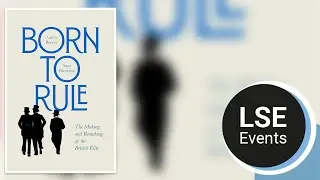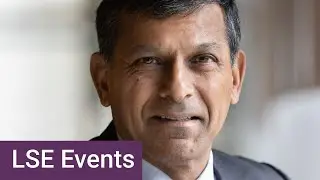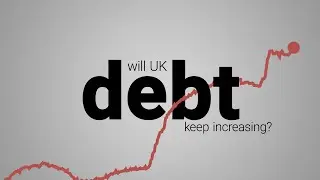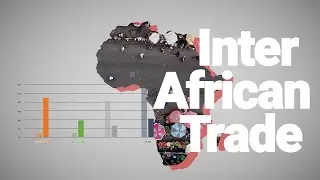How can we solve the gender pay gap? | LSE iQ Podcast
Can gender pay gap reporting, pay transparency and tackling gender norms reduce the gender pay gap?
On average across the globe, for every pound earned by a man, a woman earns around 80 pence, according to a 2023 report from the United Nations.
But despite huge advances in access to education, the labour market, and the introduction of the UK Equality Act of 2010, which guarantees equal pay for men and women doing equal work, those figures have remained stubbornly persistent for the past two decades. Still, the gender pay gap endures. So, how can we solve it?
Anna Bevan talks to broadcaster Jane Garvey about the impact of gender pay gap reporting and what happened to her after the BBC was forced to publish its gender pay gap report.
She also speaks to Nina Roussille, the Executive Director of LSE’s Hub for Equal Representation and Assistant Professor of Economics at MIT, about the role of the Ask Gap and pay transparency, and Camille Landais, Professor of Economics at LSE about the Child Penalty.
Research
The Role of the Ask Gap in Gender Pay Inequality by Nina Rousille
The Child Penalty by Camille Landais, Henrik Kleven and Gabriel Leite-Mariante
LSE iQ is a university podcast by the London School of Economics and Political Science.
We’re keen to find out more about our audience so we can better tailor our content to suit your interests. With this in mind, we would be grateful if you could please take the time to fill out this short survey and share your feedback: https://forms.office.com/Pages/Respon...
00:00 Introduction
01:50 Jane Garvey and Gender Pay Gap reporting
03:50 Allyship
06:30 Nina Roussille and the “Ask Gap”
11:20 The importance of networks and pay transparency
13:10 Gender norms and career choices
15:40 Camille Landais and the “Child Penalty”
21:01 The “Child Penalty” on same-sex couples
22:36 COVID and workplace flexibility
24:00 Reallocation of caring responsibilities
26:10 Tackling gender norms































